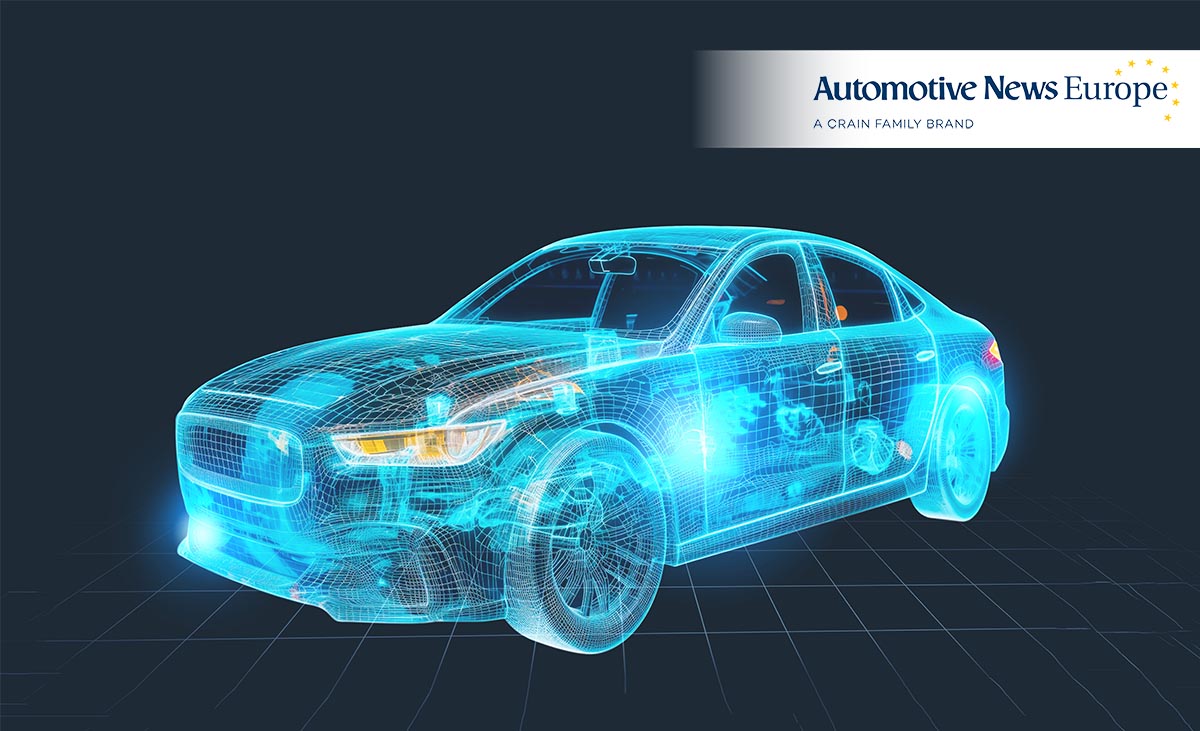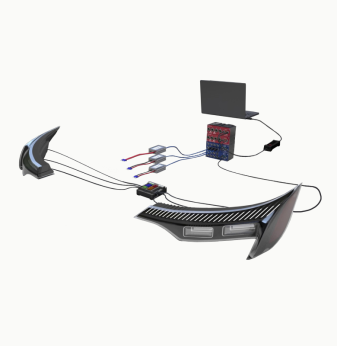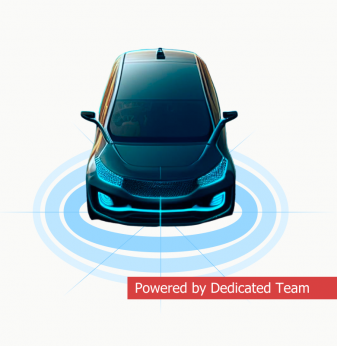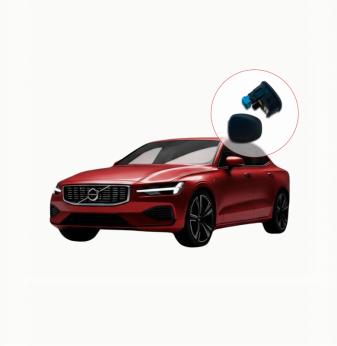Is Europe on the Verge of a Mass Adoption of Software-Defined Vehicles? No

No technological breakthroughs happen overnight, though it may seem so to a casual observer.
For most people, who heard little of artificial intelligence before the ChatGPT launch, generative AI appeared out of the blue. In reality, the knowledge base has been accumulating for decades. Then OpenAI found a way to make it useful to nearly any Internet user.
That is why I get confused every time I see an article saying software-defined vehicles (SDVs) are the future. As a software engineer who has been deeply immersed in the automotive industry for years, I think we are far away from seeing mass adoption of SDVs. Here is why I feel that way.
Tesla, Rivian, Mercedes-Benz, as well as China’s Xpeng, Nio, and Zeekr have presented their model ranges as software defined because they possess some key SDV characteristics such as a built-in operating system supporting over-the-air updates, advanced driver assistance systems and integration via internet of things (IoT). The criteria are believed to be benchmarked by Tesla.
It’s true the concept of software-defined networking, which provides centralized management and control of the vehicle systems through software applications, is the next big thing in the world of technology.
The vehicle-to-everything (V2X) concept, implying a two-way information flow between the vehicles and the urban traffic systems, other vehicles, and third-party devices, will make urban traffic safer and more convenient.
Technologies that help to detect drivers’ distracting behavior or control the city traffic load with AI-driven traffic lights have already been introduced in European cities.
A key challenge to the transition is the high cost of software development. The more complex the challenge is, the higher is the cost.
As the volume of code increases, ensuring quality, security and seamless updates becomes an issue, requiring long-term testing to ensure the vehicle’s compliance with safety standards.
The standards differ from country to country, though, with Tesla being able to provide 48 updates in 2.5 years, and VW owners joking about the automaker’s inability to provide over-the-air updates at all.
Meeting safety regulations and standards, such as ISO/SAE 21434 and UNECE WP.29, requires additional development efforts and costs to ensure the software meets the requirements.
The second challenge facing SDV manufacturers is that there are still no unified industry definitions, standards and universally accepted hardware interfaces and data models among automakers. This makes the process of integrating new systems in the SDVs more problematic.
It will take a long time until automakers come up with a set of common rules.
For now, automakers are racing to be pioneers in their own field, be it achieving Level 3 automation, which is available in the Honda Legend and Mercedes EQS, or through deeper smart city integration that has already been showcases by several Chinese automakers in their home market.
Let's not forget about dealing with potential cybersecurity risks.
The connectivity of SDVs introduces substantial risks, with numerous potential entry points for cyberattacks. While over-the-air updates are the key feature of SDVs, attackers could exploit the vehicle’s vulnerable condition during the update process to introduce malicious code into the systems.
Protecting vehicles from cyber threats requires ongoing monitoring and robust security measures, which can be resource intensive. Compliance with evolving cybersecurity standards adds another layer of complexity to vehicle development.
Addressing these challenges is neither a one-year matter nor a 10-year one. While engineers and tech researchers are working to improve the performance from the technological side, it will take time for customers to understand, embrace and get used to the concept of the car as a powerful computer, and not the good old mechanical machine they are used to drive.
Do you want to address your engineering challanges in SDV, V2X connectivity or automotive embedded systems?



































